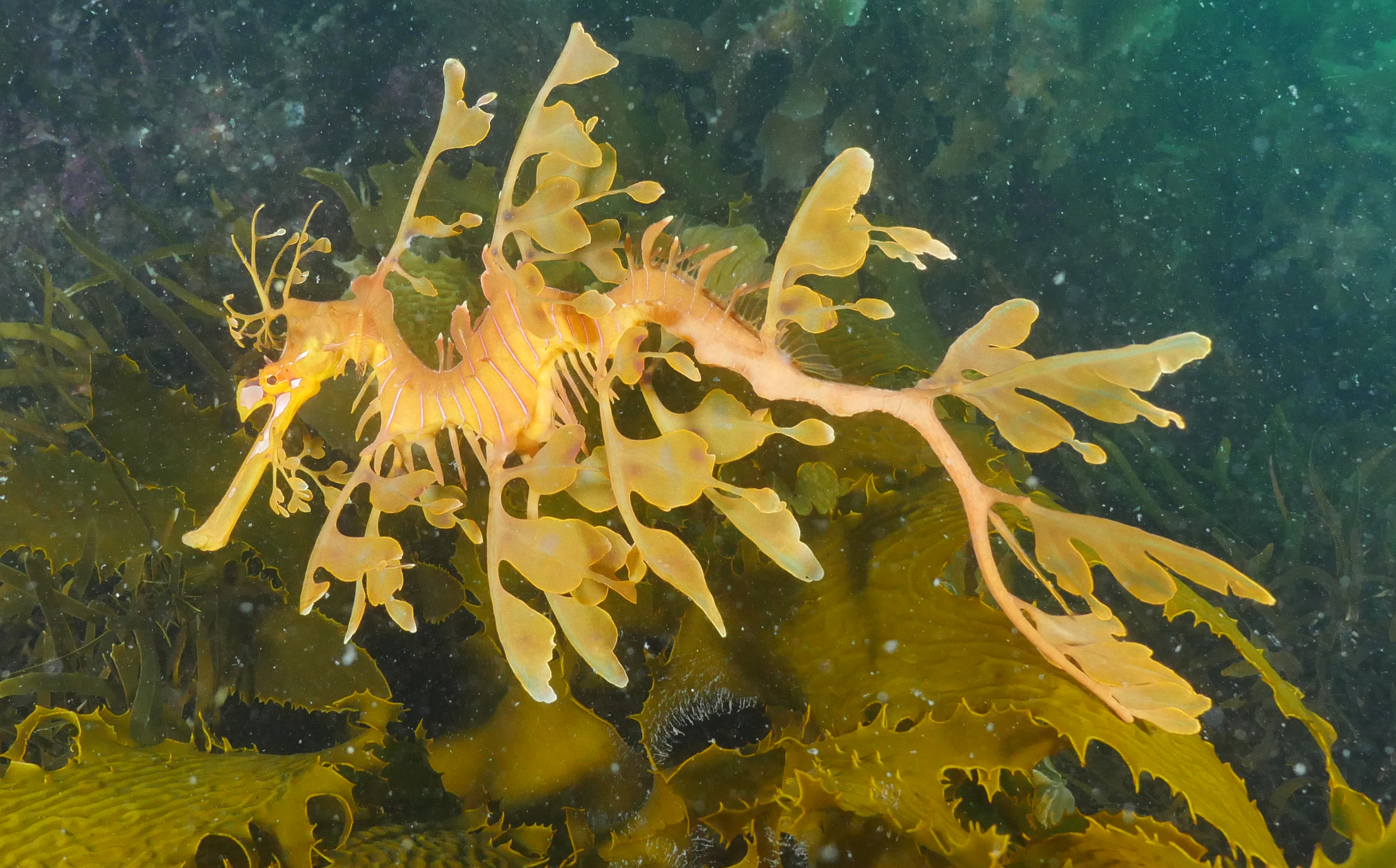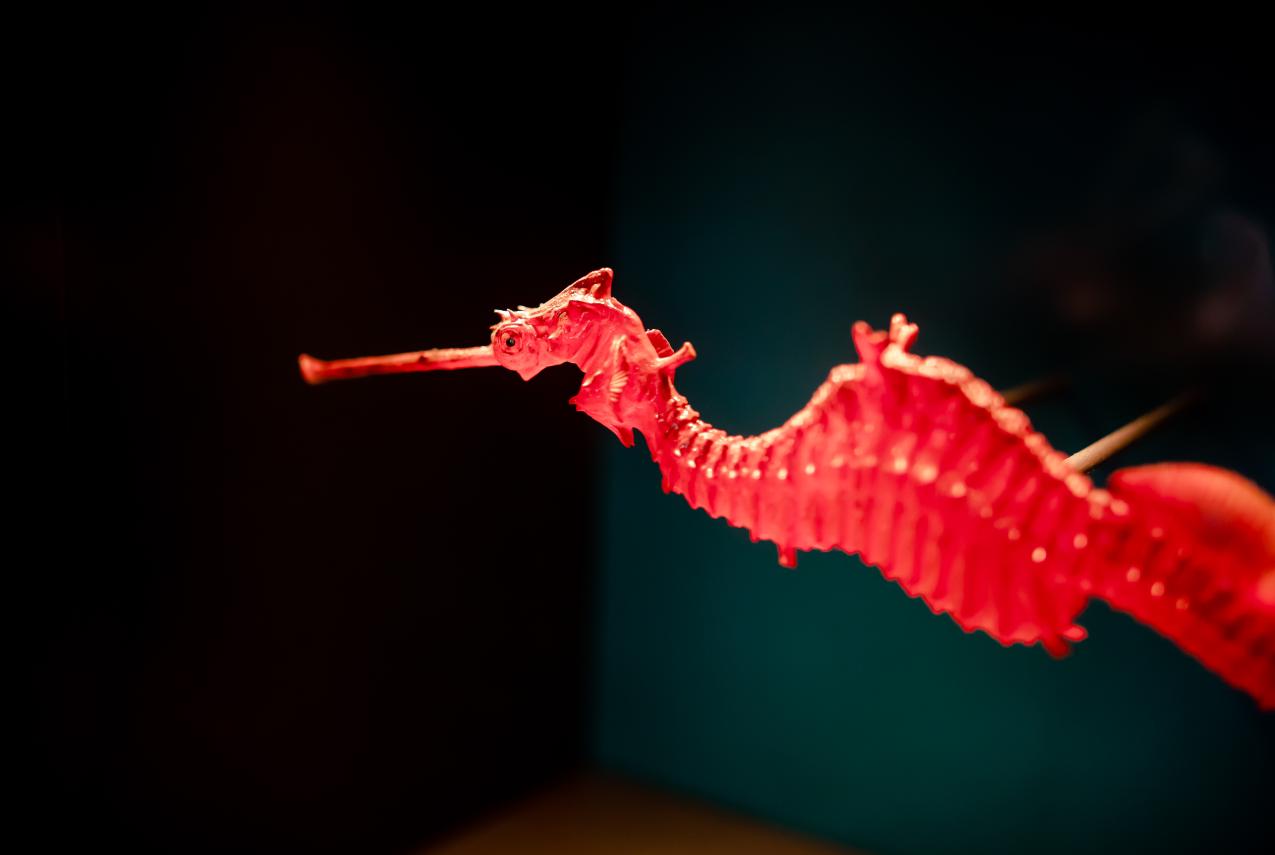Seadragons are a favourite of aquariums all over the world, but did you know they are a uniquely Australian creature?
The seadragon is endemic to the southern coastal waters of Australia and, along with their more tuxedoed cousin, seahorses, are members of the family Syngnathidae.
They are also unique for their elegant leaf-like appendages which wave like a soft green-yellow caftan in the breeze as they swim slowly, but ever so gracefully.
There are three species: the weedy (or common) seadragon, leafy seadragon and the recently discovered deep-water ruby seadragon. The two shallow-water species differ from seahorses because of their leafy appendages, which allow them to be camouflaged.
Dr Nerida Wilson, WA Museum’s manager of the Molecular Systematics Unit, has been fascinated by seadragons for a long time and as an evolutionary biologist, became curious about the genetic connectivity of the populations.

“Turns out we didn’t know much about them at all,” says Nerida. “After working on a number of genetics projects, we realised that we could also use photographs to distinguish individual seadragons because of the unique markings on their faces. This works in the same way that humans can be differentiated through unique fingerprints.”
Along with a number of other scientists, she helped set up a project called SeadragonSearch, with an on-going website which uses community-driven science, such as local swimmers and divers, to submit photos of seadragons they find while in the water.
SeadragonSearch uses computer vision models and machine learning to compare the photos submitted to the site to track individual seadragons through time. This allows them to discover things like how often they reproduce, or how long they live for. Every submission contributes to finding out more about their biology and behaviour. The information gained will be used to help inform conservation strategies.
To date, the site has logged close to 5000 encounters but Nerida is yet to answer her burning question: how long do they live in the wild?
You can participate at www.seadragonsearch.org.
